Top 8 Questions You Need to Know About Gravel Backfill
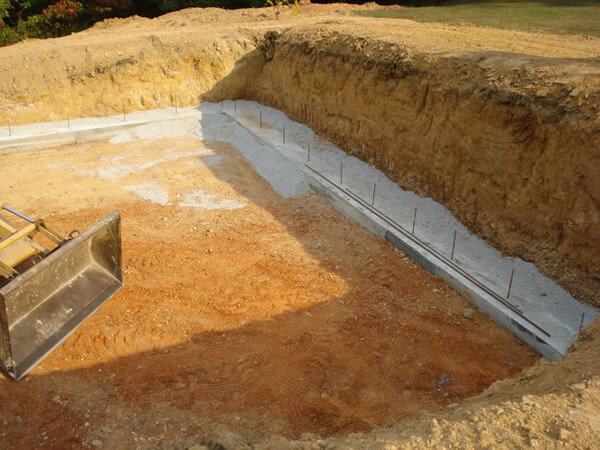
The soil behind the wall is referred to as backfill. Directly behind the wall should be built at least 12 inches of granular backfill (gravel or a comparable aggregate) to ensure good drainage. The remaining space behind the wall can be backfilled with compacted native soil.
In this article, we will answer the top 8 questions asked about gravel backfill.
Contents
What Type Of Gravel to Backfill The Retaining Wall
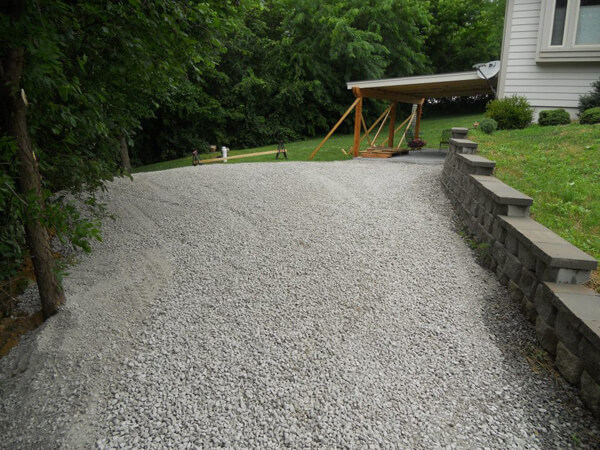
Sandy soil or sandy gravel is the finest backfill material for retaining walls in draining areas because it facilitates water drainage. If your retaining wall is constructed using filler, you must pick a sturdy soil mixture, such as silty sand and sandy clay, that satisfies both the structural and geotechnical criteria.
The size of the material is the only distinction between sand and gravel. Sand is a granular substance with a size range of 0.075 mm to 4.75 mm that is produced when rocks are eroded. While smaller than gravel, sand particles are bigger than silt. Gravel is a granular substance with a size range of 4.75 mm to 75 mm that results from the erosion of rocks.
While smaller than boulders, gravel particles are bigger than sand.
What Size Gravel to Backfill a Retaining Wall
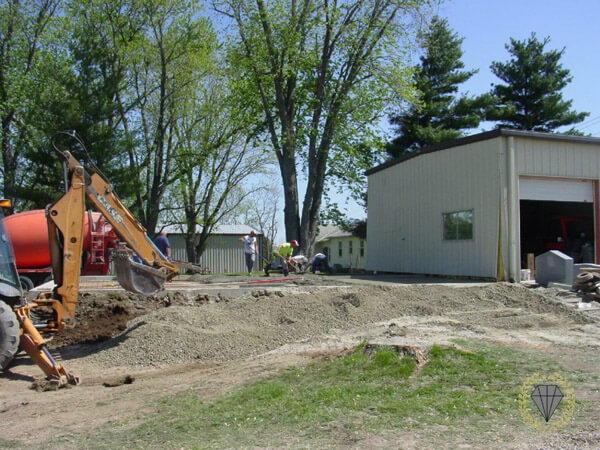
All of the following types of the base material are acceptable: rock screens, 3/4″ minus, crush and run (or ABC stone), paver base, 3/4″ crushed rock, #57 or #78 stone, and Class I, II, or III backfills. Avoid using homogeneous sand, pea gravel, or smooth river rock as the base material. This type of round material won’t keep its shape, won’t compact well, and won’t be easy to level the blocks.
The first retaining wall blocks can be leveled more easily with rock screens or minus material, but the clean crushed rock will function just as well, if not better, over time.
Can You Backfill The Retaining Wall With All Gravel
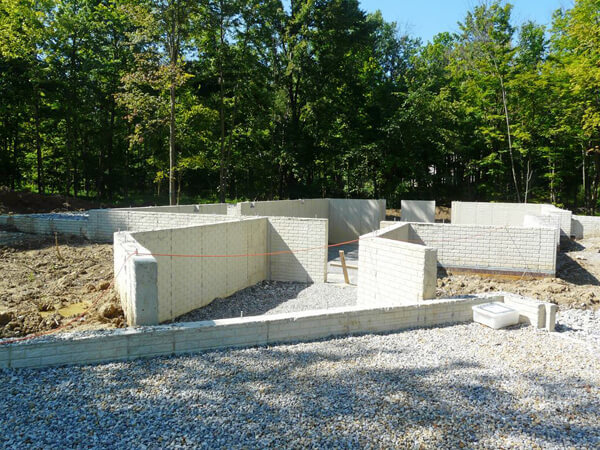
When the gravel is well-graded, using only gravel for a retaining wall is acceptable. Gravel is a good choice for backfill because it retains less water than other types of soil, which adds to the pressure on the retaining wall. The maximum size of the gravel is 3/4 inch.
Gravel needs to be jagged and not smooth, and it should show less evidence of the dust that will wash off after intense rain.
How Much Gravel is To Backfill The Retaining Wall
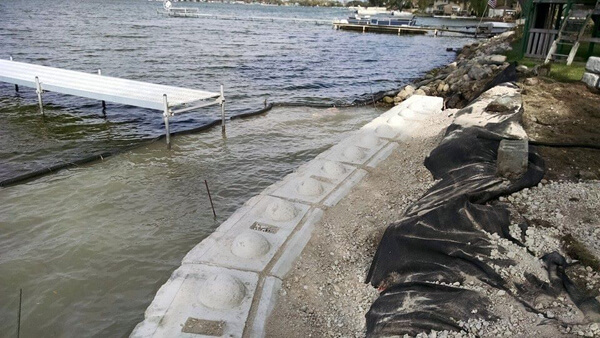
The backfill for a retaining wall must be adequately compacted. Backfill is the soil that lies behind the wall. A minimum of 12 inches of granular backfill (gravel or a similar aggregate) should be put directly behind the wall to allow optimum drainage.
The remainder of the space behind the wall may be backfilled with compacted native soil. If you wish to landscape behind the wall, add a 6+ inch layer of native soil over the gravel fill.
Calculate the space that has to be filled for the entire volume of the gravel material. After that, divide the volume by the average volume sold of gravel in your area.
After that, estimate the number of truckloads that can transport the entire volume of gravel required to fill the gap.
How Much Gravel is to Backfill Around The Foundation
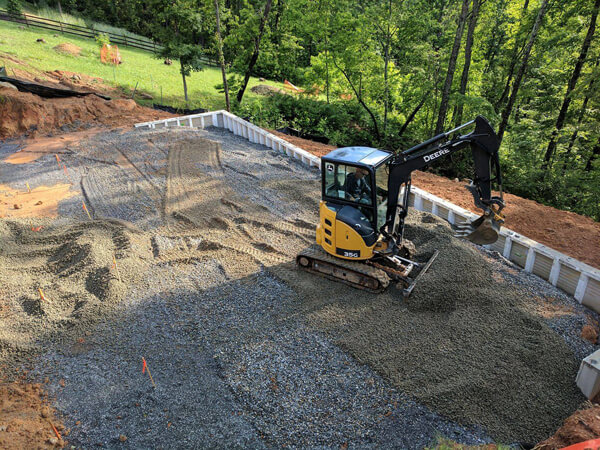
Backfilling using free-draining, construction-debris-free backfill will reduce hydrostatic pressure on the foundation walls, reducing the stress on your foundation waterproofing. This backfill should be carefully compacted and capped to divert bulk water away from the foundation. Of course, the cap layer of fill can be covered with more beautiful ground cover, but avoid plants, especially those with big root systems.
The slope should be away from the house. The International Residential Code requires a minimum slope of 5 percent or 6 inches of fall every 10 horizontal feet.
Can 3/4” Gravel Be Used as Backfill
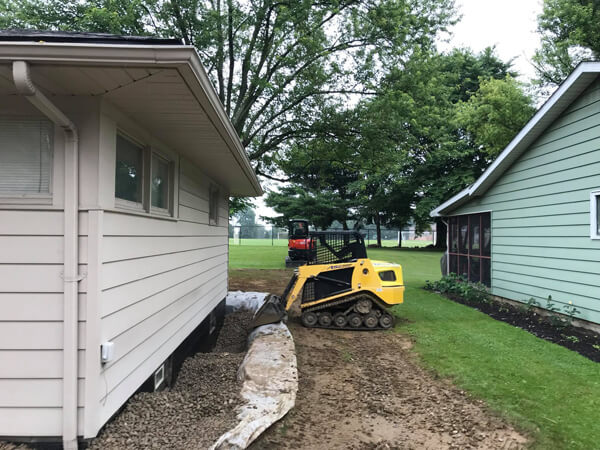
3/4″ crushed gravel is frequently used in building projects. For example, this sort of gravel is frequently used as backfill and base for retaining walls. This gravel may also be used with cement to make heavy-duty concrete. On a more aesthetic note, 3/4″ crushed gravel is perfect for use in a variety of landscaping applications.
The gravel used for retaining wall backfill should not be larger than 3/4 inch. Any size larger than that will enable greater room between the gravel particles, creating cavities that water will fill on rainy days. Furthermore, when the sizes increase, compaction will become more difficult, and substantial settling may occur. Compaction is usually done using the rammers for small-scale projects.
As a result, gravel with a size less than or equal to 3/4 inch must be used.
What is The Base Amount Of Backfill Gravel
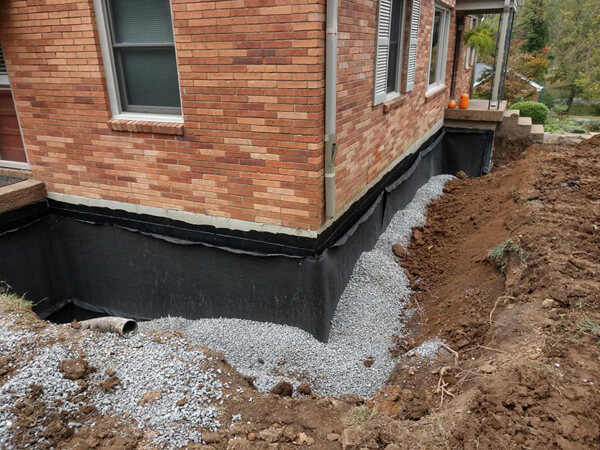
The total amount of gravel required in backfill including the base can be calculated as follows
Determine the depth of the foundation.
To calculate the square yardage of the gravel foundation beneath the wall, divide the base depth of 5 to 7 inches (depending on the height of the wall) by 1,944.
Determine the length and width of the wall.
Take measurements of the wall’s length and width. When calculating gravel requirements, double the width of the wall and use the actual length measurement.
Determine the Square Footage
To calculate the square footage of the wall, multiply the length and breadth dimensions by two. To calculate the amount of foundation gravel required for the retaining wall, multiply this value by the square yardage of the gravel depth.
ermine the total cubic yards of gravel required to finish the wall
Combine the Backfill Figure with the Base Figure
To calculate the amount of backfill gravel required, multiply the length of the wall by the desired height, then divide the result by 81. To calculate the total cubic yards of gravel required to finish the wall, add the backfill quantity to the base amount.
What is The Best Gravel For Backfilling Fence Posts
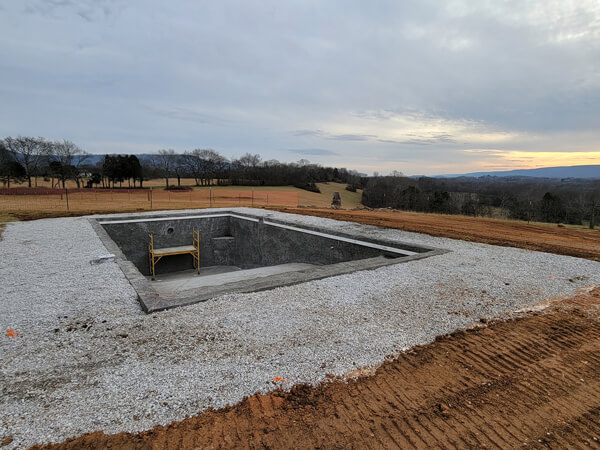
Gravel, which comes in several kinds, is a frequent backfilling for fence posts. Some gravel is blended with sand to make it finer, while others are crushed rock. Size matters for the majority of undertakings. When selecting gravel for fence post holes, there are a few important variables to consider.
When a fence post hole is excavated, a space for water to gather is created. This isn’t an issue for the earth, but if you install a wooden fence post there, the water will damage the wood over time. Rusting will occur on metal fence posts. Larger gravel will allow water to flow down to the ground below, preventing the post from soaking in stagnant water for extended periods. Large gravel will not sit as well in the hole, and the fence post will be unsupported.
Finer gravel will provide a more secure bottom for the fence post to set on. If the gravel is too fine, however, water will not drain through as well and may end up collecting around the fence post. For this reason, gravel mixed with sand, and extra fine gravel should be avoided.
For fence post holes, pea gravel is usually utilized. Gravel three-eighths of an inch in size is a nice middle between drainage and support, however, gravel close to that size can also be utilized.
Conclusions
To sum it up, gravel backfill is mostly used for backfilling behind the retaining walls. It provides excellent drainage and can be compacted fairly. The size of the gravel may vary depending on the location of the backfill.
For retaining walls, the size is the biggest while it is lowest for the fence posts.
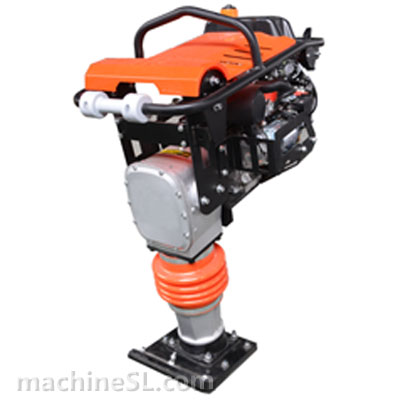
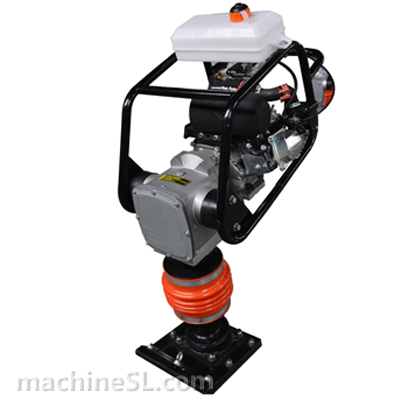
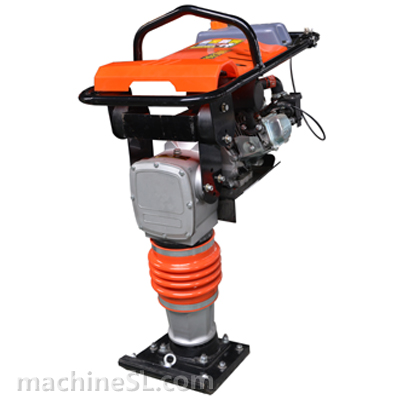
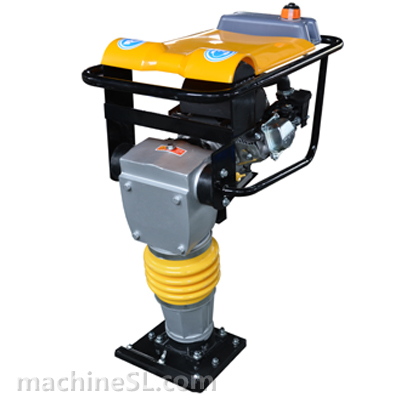
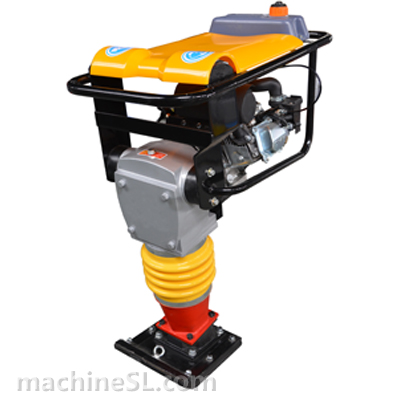
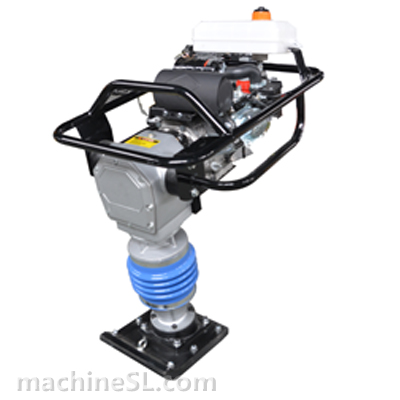
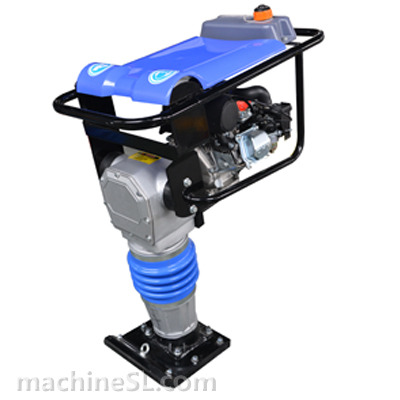
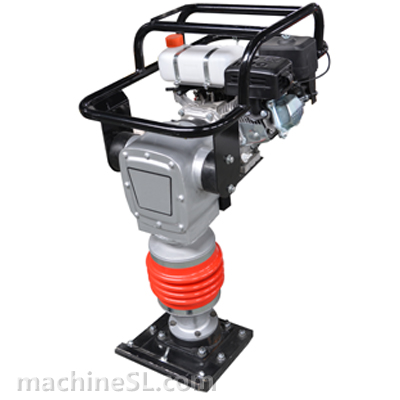
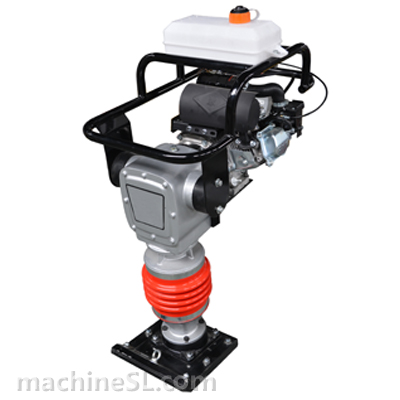
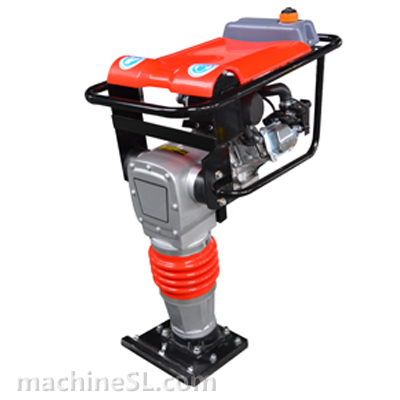
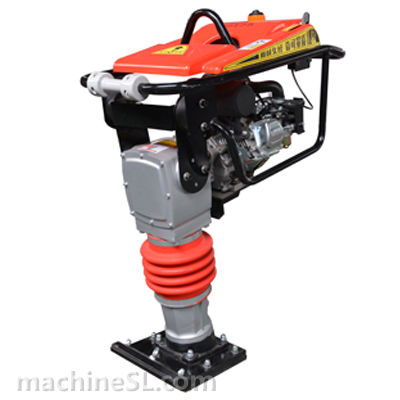
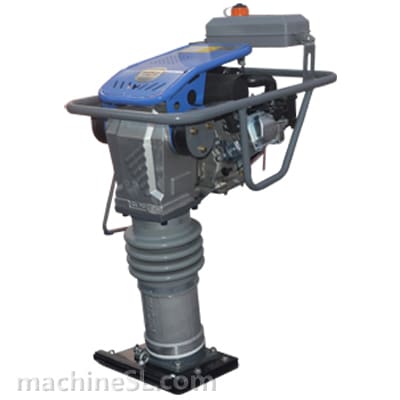
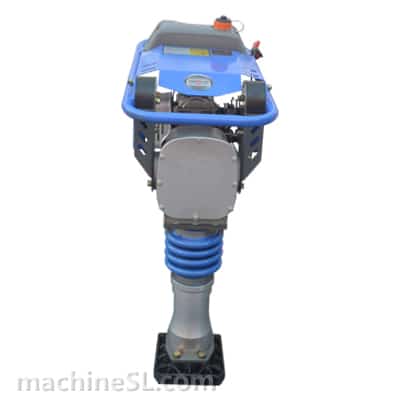
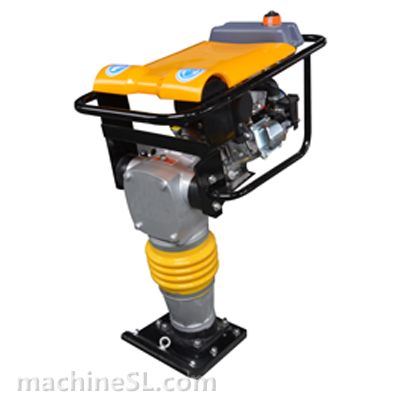
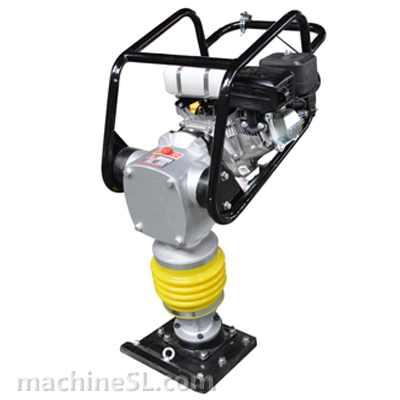
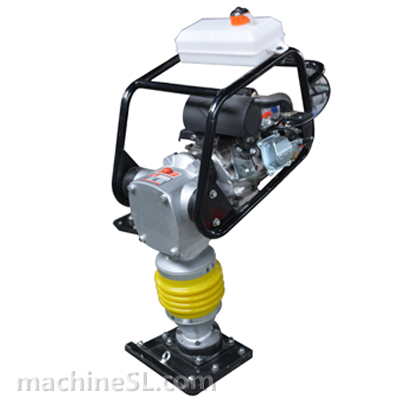
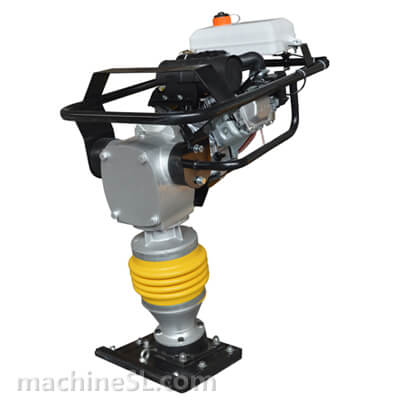
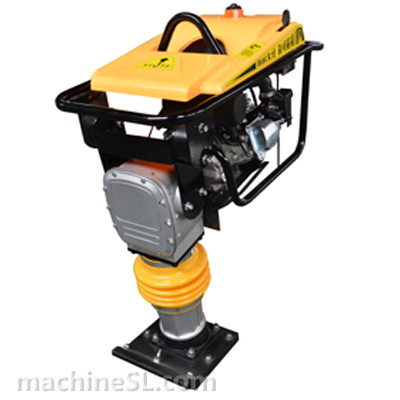
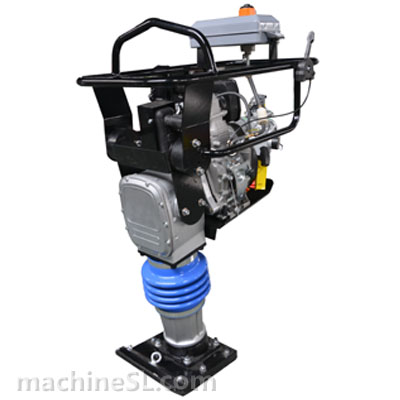
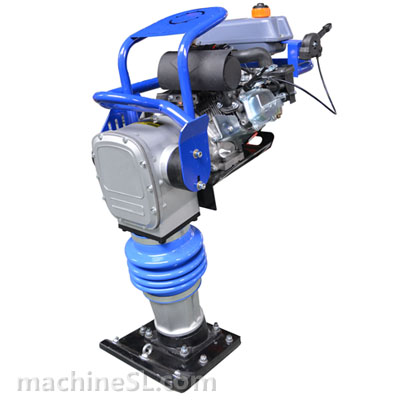
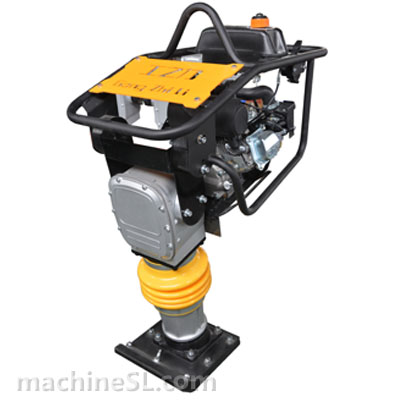
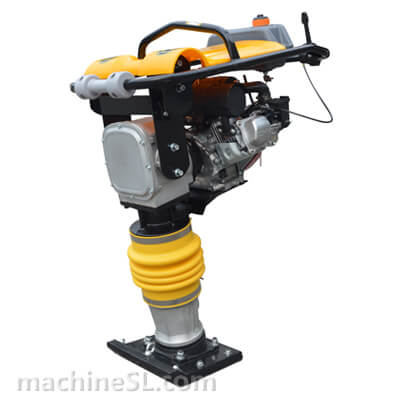
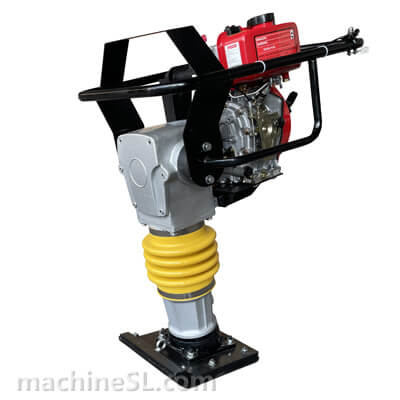
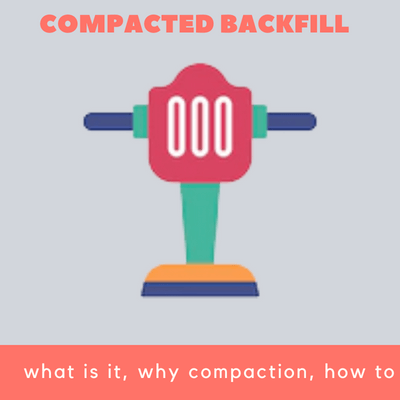
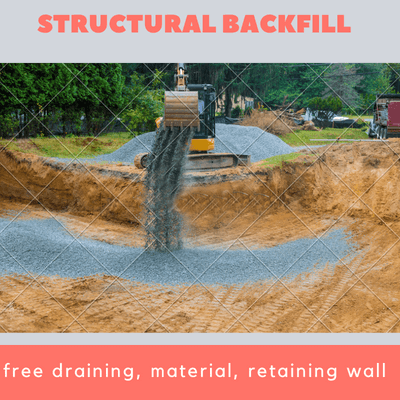
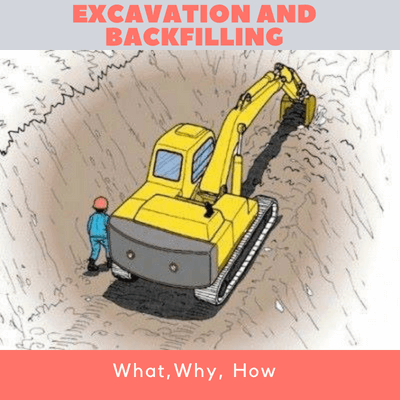
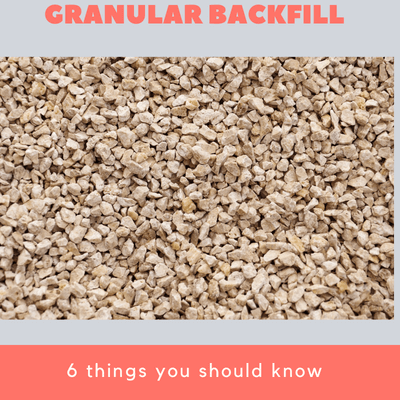
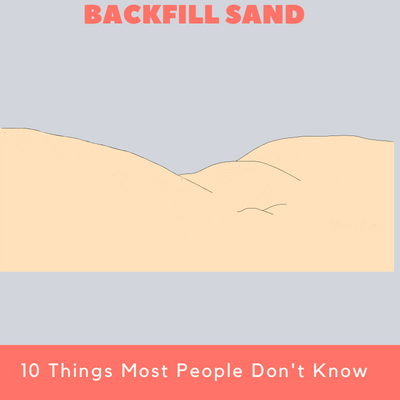
My house is located near a slope, so we need a retaining wall set up to prevent soil erosion on our property. I appreciate you letting us know that the gravel used for retaining wall backfill should not be larger than 3/4 inch since anything larger will allow greater room between gravel particles which can lead to cavities for water during rainy days. I’ll be sure to take note of this while I look for a supplier of crushed rock to contact soon.
glad to heart this help